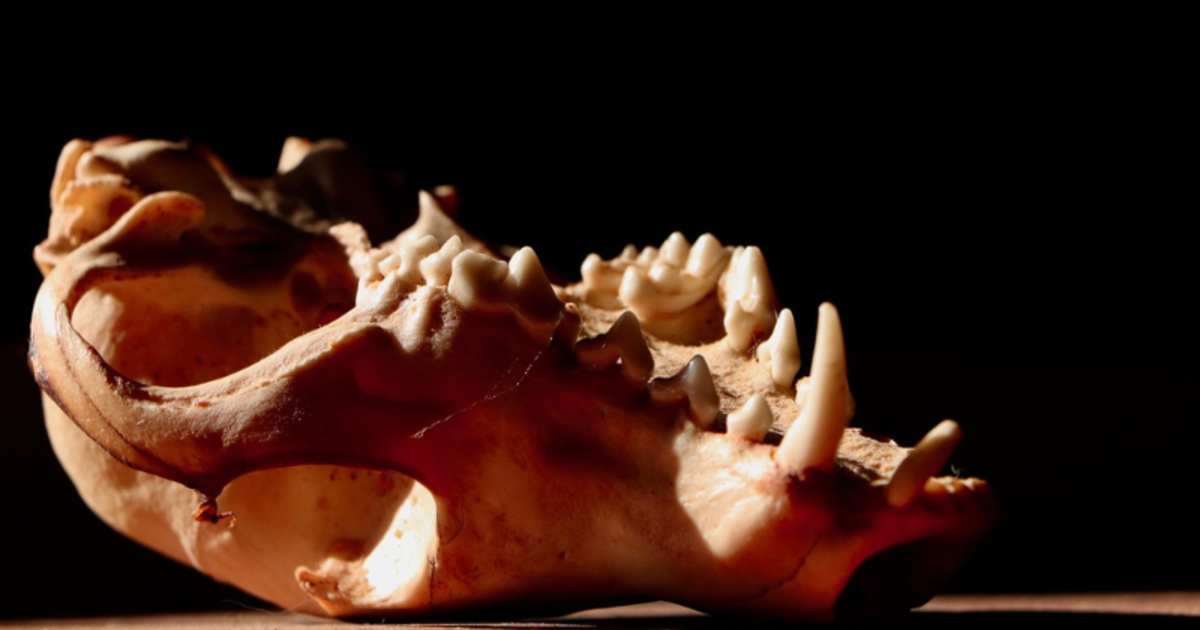2,500-Year-Old Remains of 'Red Princess of the Silk Road' Reveal Rare Belief That Souls Resided in Teeth

The Silk Road, a huge network of trade routes connecting the East and the West, has long been a source of fascination for historians and archaeologists alike. This legendary pathway was not only a hub for goods but also a brewing pot of cultures, beliefs, and traditions. Among the countless discoveries unraveled along the ancient route, one recent finding stands out as particularly intriguing, stated IFL Science.

The remains of a young woman, estimated to be over 2,000 years old, have been unraveled in northwest China with a stunning and never before documented feature—her teeth were dyed a deep red using toxic cinnabar. Labeled the "Red Princess of the Silk Road," this young woman’s skeleton was discovered in the Shengjindian cemetery in Turpan City, a prominent Silk Road hub during the Western Han Dynasty.
Researchers estimate that she was between 20 and 25 years old at the time of her death. Molecular analyses, including Raman spectroscopy, X-ray fluorescence, and Fourier-transform infrared spectroscopy, confirmed that the red pigment on her teeth was cinnabar, a mineral made of mercury sulfide infamous for its toxicity, stated The Jerusalem Post. The dye was used by adding a binder made from animal protein, highlighting a deliberate and ritualistic process.
Stunning Cinnabar crystals from Tongren Mine, China.
— Geology Tweets (@GeologyTime) July 21, 2019
Note: Because of its mercury content, cinnabar can be toxic to human beings.
Photo: Jordan Root#minerals #crystals pic.twitter.com/4jwL3OpPFH
The researchers shared, "This is the first-and-only known case of cinnabar used as a red pigment to stain teeth in antiquity and throughout the world…Considering the significance of this discovery, and the potentially high social status of this young female individual, we hereby dubbed her the 'Red Princess of the Silk Road'...As a result, painting the teeth red may be a symbol of immortality." This discovery highlights ancient beliefs surrounding the human soul and its connection to teeth. Researchers believe that in certain shamanic traditions, the color red symbolized immortality, and teeth were believed to house the soul, stated IFL Science.

By dyeing her teeth red, the young woman’s community may have sought to grant her eternal life or prepare her for the afterlife in a unique manner. Researchers remarked, "This individual with cinnabar-stained teeth might have been involved in the practices of shamanism, even as a patient. Alternatively, they could have used the cinnabar simply for cosmetic beauty." Moreover, a point to notice was that cinnabar was not present in Turpan, therefore, the mineral must have been transported along the Silk Road from other parts of Asia or maybe Europe. This indicated that she belonged to an elite class with access to rare resources, stated LBV.
Some researchers speculate that she may have been a shaman or a high-status religious figure, as cinnabar was often linked to spiritual practices. Researchers shared, "Cinnabar was believed to have magical and medicinal properties, and its use in ancient practices reflects the deep meanings attributed to colors and natural substances in human civilizations." They further added, "Influenced by shamanic beliefs, cinnabar may serve as a psychoactive drug due to its ability to influence consciousness and aid in communication with gods," stated IFL Science. Despite its toxicity, cinnabar was seen in many ancient civilizations for its supposed magical and medicinal properties. It was used in burials, paintings, and even alchemy.